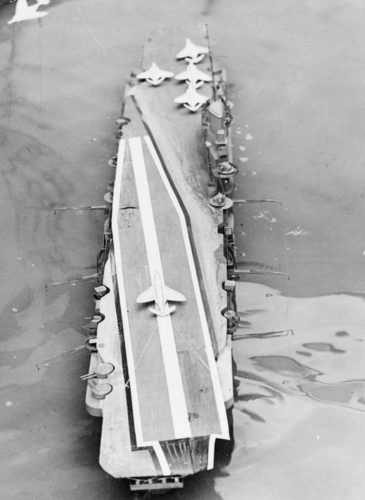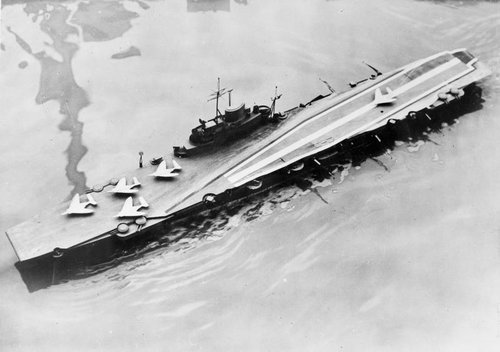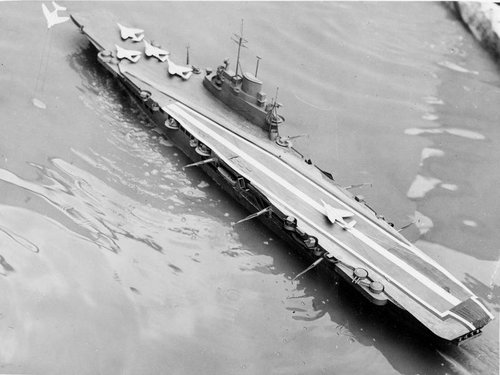exkiwiforces
I really should change my personal text
- Joined
- 25 August 2017
- Messages
- 7
- Reaction score
- 0
Hi
I’m currently building a 1/700 scale RN WW2 Illustrious Class Carrier and while I was fluffing around on Sunday, I had this crazy idea of building angle landing deck as the flight deck requires a far bit of work done to it.
So the question I pose, was there any discussion within RN about angle landing decks before or the during the War or was it a nice have idea as there were important things to worry about ie the lack any decent FAA fighters etc etc?
I’m currently building a 1/700 scale RN WW2 Illustrious Class Carrier and while I was fluffing around on Sunday, I had this crazy idea of building angle landing deck as the flight deck requires a far bit of work done to it.
So the question I pose, was there any discussion within RN about angle landing decks before or the during the War or was it a nice have idea as there were important things to worry about ie the lack any decent FAA fighters etc etc?



